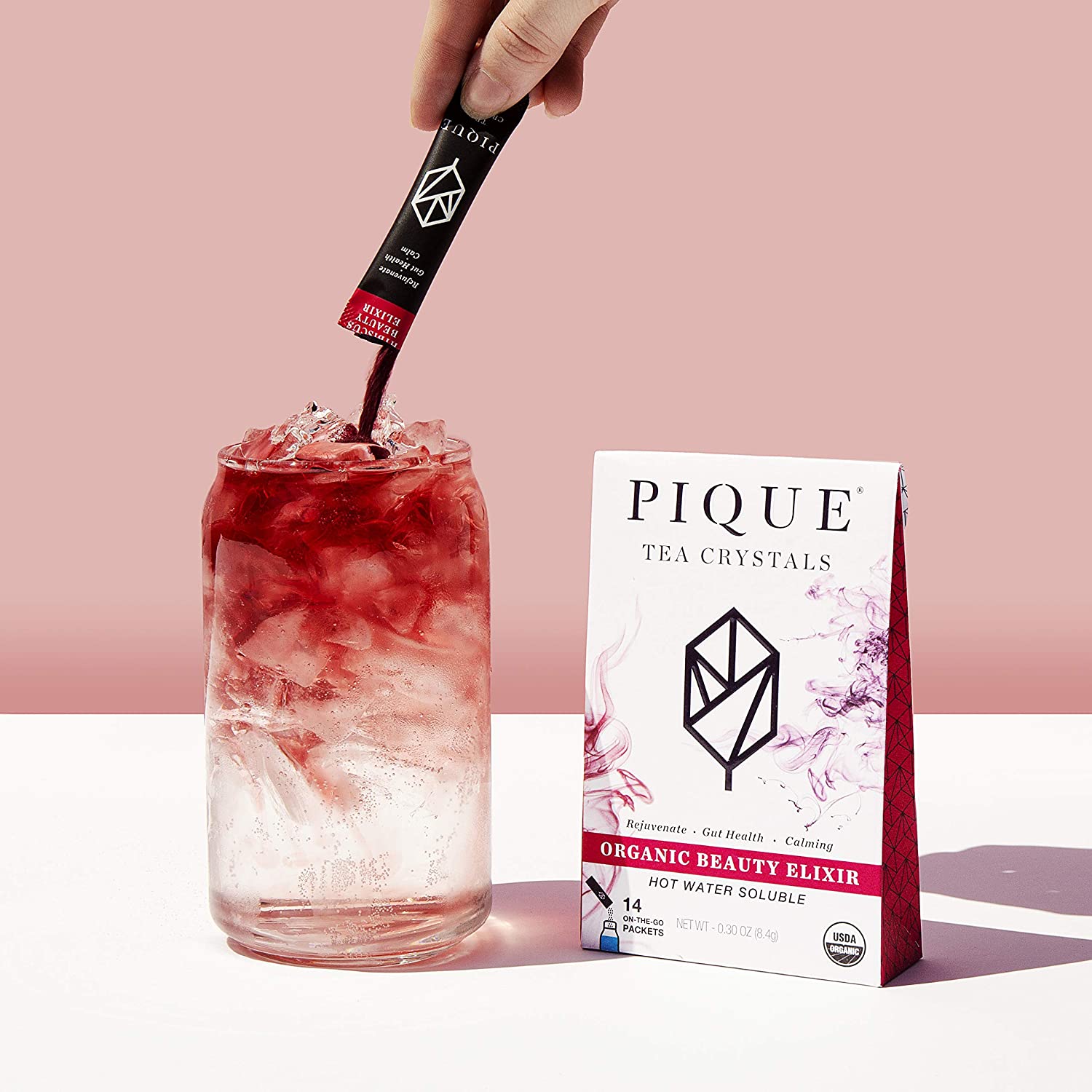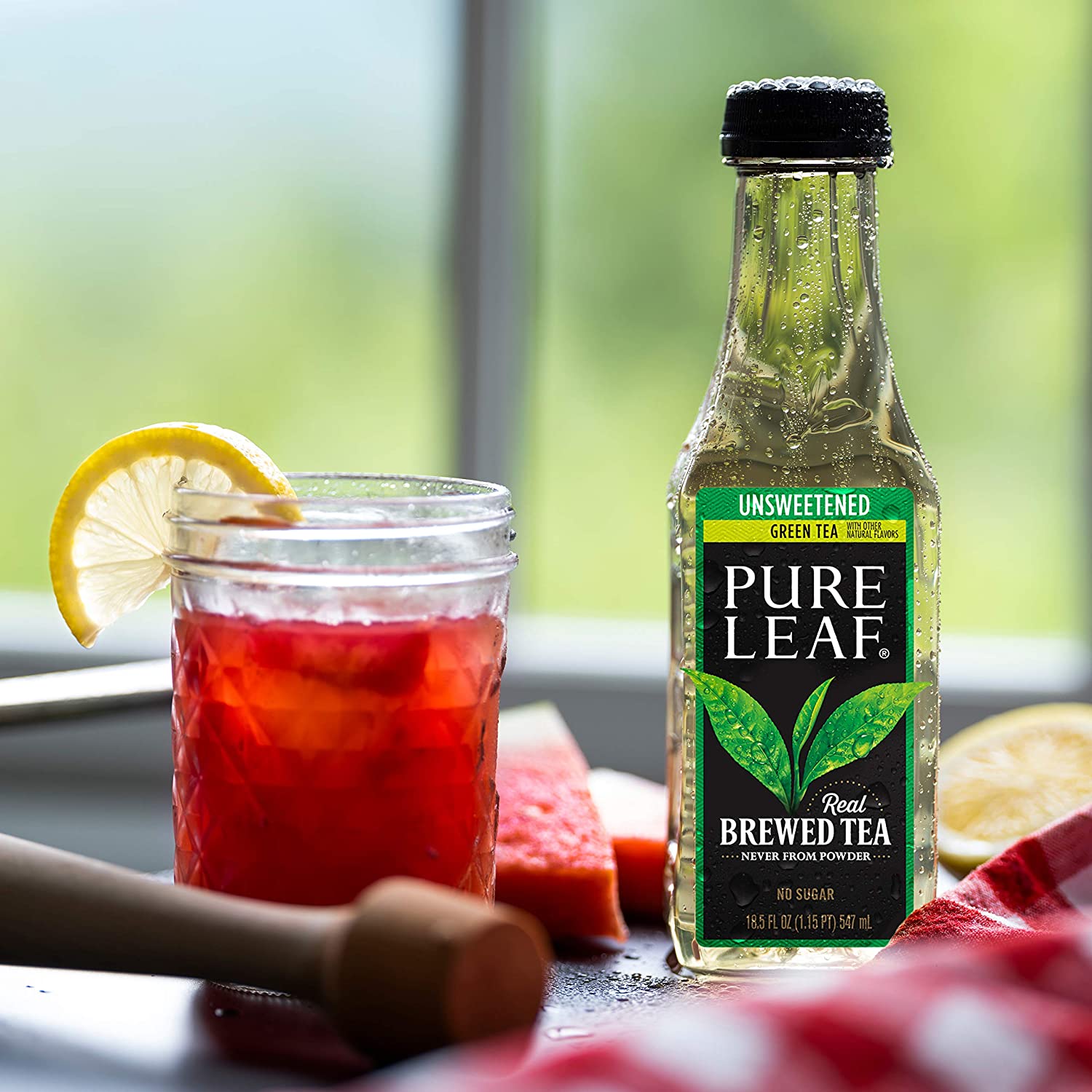While climate change and drought loom as existential threats to California agriculture, there’s one farming sector that may come out ahead: wine grapes.
Many California winegrowers have had to cut back on irrigation this year, but using less water for a limited period doesn’t necessarily hurt quality. In fact, some of the best recent vintages were from 2012 to 2014, during the last drought, and many vintners are saying grape quality is looking excellent so far during the current harvest, despite the record-breaking drought this year and last.
Two new studies from UC Davis bolster the long-held view that water-deprived vines can produce high-quality wine grapes, when managed carefully.
“If you take the 20,000-foot view of this, people are saying agriculture will have to contract,” said Kaan Kurtural, a co-author of the studies and a viticulture and enology specialist at UC Davis, referring to the potential effects of mega-droughts on the state. “I can’t think of a better crop than wine grapes to grow in California now with the restriction of water or the lack of water.”
Based on research done at a test vineyard of Cabernet Sauvignon grapes in Napa County’s Oakville during a wet 2019 and a dry 2020, the first study, published earlier this month in Frontiers in Plant Science, showed that vintners can cut back on irrigation of red wine grapes by 50% and still achieve good quality and yield. A related study, published last week in the journal Food Chemistry, showed that such reduced irrigation actually increased the amount of pleasant aromatic compounds in the Cabernet Sauvignon grapes and decreased unpleasant ones.
The amount of water California wine grape growers use varies from region to region, but coastal vineyards such as those in Napa and Sonoma typically use half an acre-foot of water — meaning enough water to cover each acre by half a foot of water per year — while inland vineyards use 1 acre-foot. Nut trees, meanwhile, need around 4 acre-feet, Kurtural said.
Napa and Sonoma counties typically get 20 to 30 inches of rain; this past rainy season they got 6 inches. Despite that, yield at the Oakville test vineyard this year was similar to that in 2019 and 2020. In addition, Kurtural’s group found that using a smaller amount of water improved soil health in a way that could mitigate the effects of climate change by building more beneficial fungi in the soil compared to wetter soil.
“What he’s showing is that when it comes to environmental sustainability, wine grapes utilize very little water but can produce good wine quality as well as yields that are sustainable,” said Rhonda Smith, emeritus viticulture adviser at UC Cooperative Extension, which was not involved in the study.
Dr. Kaan Kurtural of UC Davis Department of Viticulture and Enology drives through the Oakville Experimental Vineyard in Oakville, Calif. Tuesday, September 14, 2021. Wine grapes may be one crop resilient enough to survive California’s mega droughts, according to researchers at UC Davis. The state’s wine growers had to cut back on irrigation this year by necessity, and a new study from UC Davis shows that it won’t necessarily reduce quality.
Jessica Christian / The ChronicleMany growers are concerned that ever-increasing temperatures and more frequent droughts associated with climate change will require them to add extra irrigation — if they can find it, Kurtural said. But the research shows that growers can use half the water they’d expect to need based on a technical measurement called evapotranspiration, or the amount of water lost via evaporation in the soil and from the canopy. Instead of replacing 100% of that water, they can replace just 50% and still achieve good quality and a similar yield, the study found.
Ultimately, that means that Napa and Sonoma growers could stick to the usual one-half acre-foot and still do fine even if temperatures increase and rain decreases.
“I agree — quality can still be maintained with less water,” said Oscar Renteria, owner of Renteria Vineyard Management, which manages 63 parcels in Napa Valley for 38 winemakers. “So far this year is an unbelievably high-quality year. It’s going to rival the best.”
However, Renteria and his team have had to be selective about water usage, sometimes giving more to vineyards with premium fruit and less to others. They spent more money on soil monitoring probes and other precision tools and invested $25,000 to buy water for one vineyard, he said.
He wonders now whether he has overwatered in the past.
“When you have it, you use it. When you don’t, Mother Nature has a way of teaching you a lesson,” he said. “Based on this year’s experience, we can definitely see we could get by with less water.”
Many think dry farming, or farming without irrigation, could be a solution to ongoing droughts, but that style of agriculture is also difficult without rain.
“If I had the water, I would give it to the vines this year,” said Stu Smith, co-owner of Smith-Madrone Vineyards & Winery in St. Helena, who normally dry-farms. Because of the lack of rain, however, this year he ended up giving the vineyard 6 gallons of water, which is not a lot. He is still seeing indications of good quality during harvest.
“All things being equal, we should have a very dark, flavorful red wine crop this year,” said Smith, who points out that wine grapes were dry farmed through most of their history.
While quality is good this year, Renteria and other winegrowers still aren’t sure how their vineyards would do with a multiyear drought.
“This climate is changing right before my eyes,” Renteria said. “That’s an attention-getter. I’m not relaxed about that.”
Tara Duggan is a San Francisco Chronicle staff writer. Email: tduggan@sfchronicle.com Twitter: @taraduggan








Be the first to comment